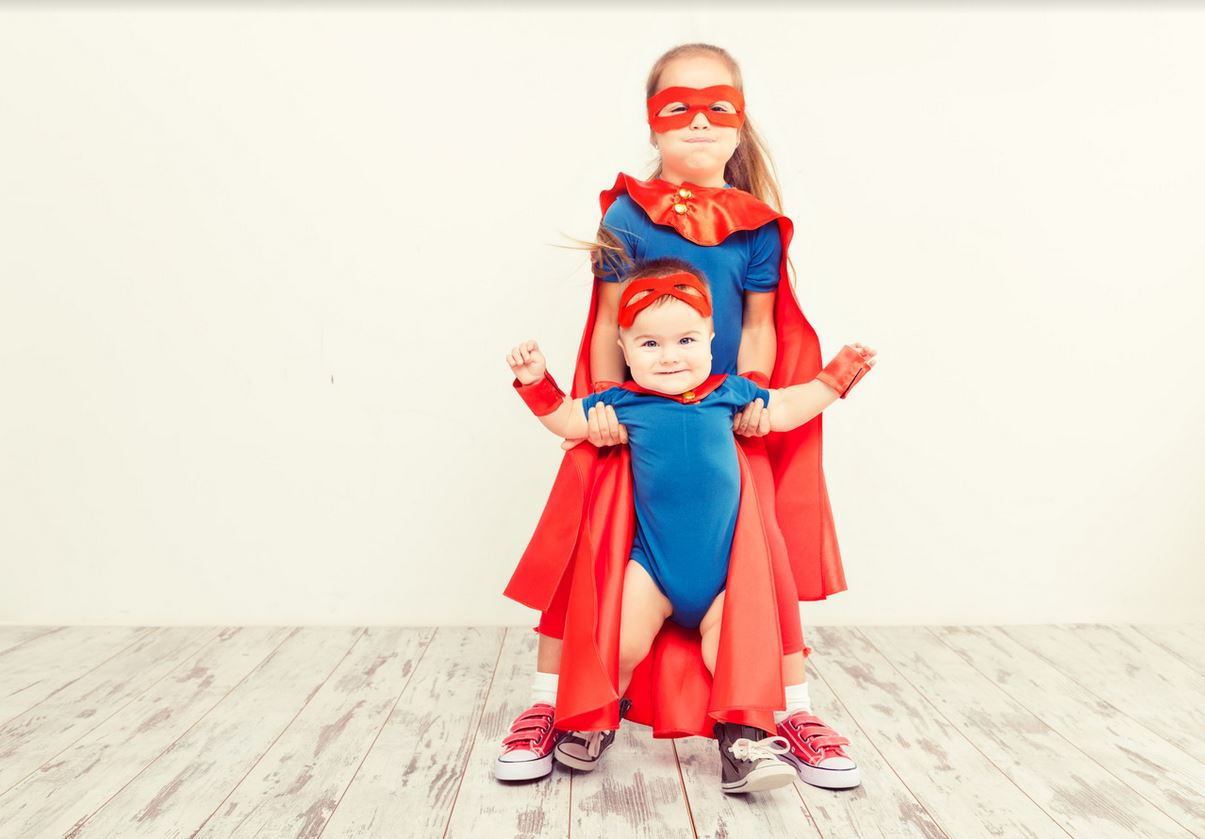Pros and cons of feeding a pacifier in a child. A child is a huge happiness for every parent. A small creature appears in the family that turns his whole life upside down. Waiting for the baby to appear is for each mom should be a quiet time to relax without stress and worry about the baby. Meanwhile, fears and nervousness often arise due to childbirth, especially if it is the first and for the baby, whether he will be healthy etc. It is important to ensure that you relax, rest and calm down. Stress hurts not only you, but also your baby’s stomach. Therefore, give up thinking and read, for example, a book, go for a walk in the woods, or do something that you like. The more you stress, the worse you will experience labor.
However, it is difficult not to think about the time to come, because then many questions arise not only related to childbirth, but also to raising a child. Every mother wants her child not only to be happy, but also to grow up to be a good person. It is worth remembering that for a toddler to be happy in adult life, he should be taught independence and resourcefulness. For now, however, when he is tiny, he will be dependent on his parents, especially his mother, who will feed him. Having such a small person, we try to provide him with the best possible existence, so that our actions will not negatively affect the future in the little one. Therefore, those mothers who are aware of the natural processes taking place in the child’s body and the harmfulness of some products for newborns, try to educate in this respect. Then, not only fabrics from which children’s clothes are made are important, but also, for example, Pacifier.
- https://www.iwebmaster.pl/lombard-czym-jest-i-co-musimy-o-nim-wiedziec/
- https://www.9478.pl/dlaczego-warto-wybrac-chiptuning/
- https://lejery.edu.pl/co-lombard-robi-ze-zlotem/
Does a child need a pacifier?
Nowadays, every mother having a small child must have a teat – at least this is what happened. When the pacifier dies, the baby cries, cannot sleep and trouble occurs. The toddler is everywhere with a teat that is inseparable. Does it really have to look like this? Is a teat a must? It is worth starting with the purpose of introducing a baby’s pacifier. Babies have a natural need to suck. Even in the fetal period being in the mother’s stomach they are finger. This can be seen not only on periodic examinations, but also after the birth of a baby, who sometimes has a crumpled thumb. When a child appears in the world, not only the mother’s breast, but also the finger or the fist, and everything within reach. It is an activity that calms and facilitates sleep. However, such practices are very difficult to unlearn children, and sucking the finger or fist can cause malocclusion in the future.
That’s why pacifiers appeared. They replace the thumb and other things that the baby sucks. They are designed to imitate a wart, so that the child does not get used to the shape of his mother’s natural breasts. However, remember that you should not give a teat during the first weeks of life. It is the time when the baby attaches to the breast whenever it needs food. However, if we clog the baby’s mouth with a teat, it won’t demand breast sucking after some time. Because of this, the mother’s body will not be able to produce as much milk as the toddler needs, because he does not get the stimulus that is responsible for the production of food. Therefore, it is worth letting go of the pacifier during this period.
Pacifier advantages
For various reasons, mothers are giving up breastfeeding. It can be a lack of food, breast pain or being in a nursery because of my mother’s work. Then it is necessary to provide modified milk. Feeding a bottle with this type of food takes much less time than sucking the breast. So the baby needs to suck. In this case, the teat is very helpful, otherwise the finger is sucked, the baby becomes restless.
The big advantage of the teat, when the baby needs sucking, is that it is much easier to unlearn it than to suck a finger. Therefore, when a toddler starts to suck a finger, it means that he spends too little time on the breast or needs a pacifier.
Pacifier helps the baby during colic, because it calms and relaxes the baby.
Remember that a baby’s cry does not always mean having to give a pacifier. Before reaching for it, it’s worth checking to see if the reason for crying is different. It can be, for example, a full diaper, the need for mom’s closeness or colic. It is worth making sure that the child has everything assured and nothing hurts him, and only then give the pacifier.
Pacifier defects
Unfortunately, the use of a teat also has its drawbacks. The first of them is primarily a material that is not natural for a baby. Pacifiers are made of rubber, silicone or latex. The greatest danger is caused by teats that do not have the appropriate tests and are usually imported from outside the EU. They have harmful bisphenol A, which negatively affects the hormonal balance.
According to studies, children who use pacifiers are up to 40% more likely to experience otitis media. The reason for this phenomenon is probably the difference in pressure in the ear and throat. That is why it is important for the baby to put the teat aside at best around 6 months of age. Especially if the toddler often sucks him.







